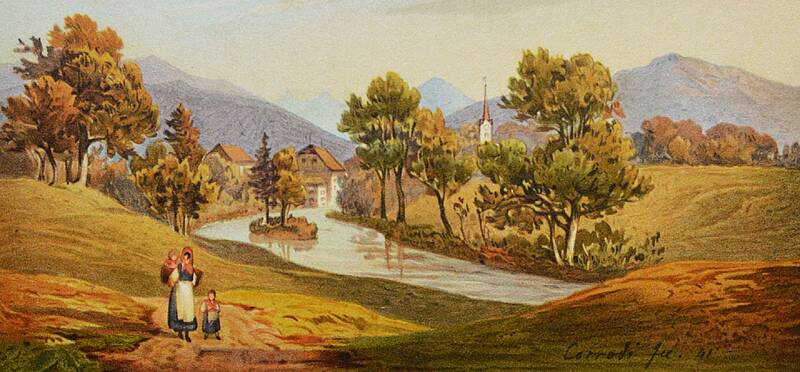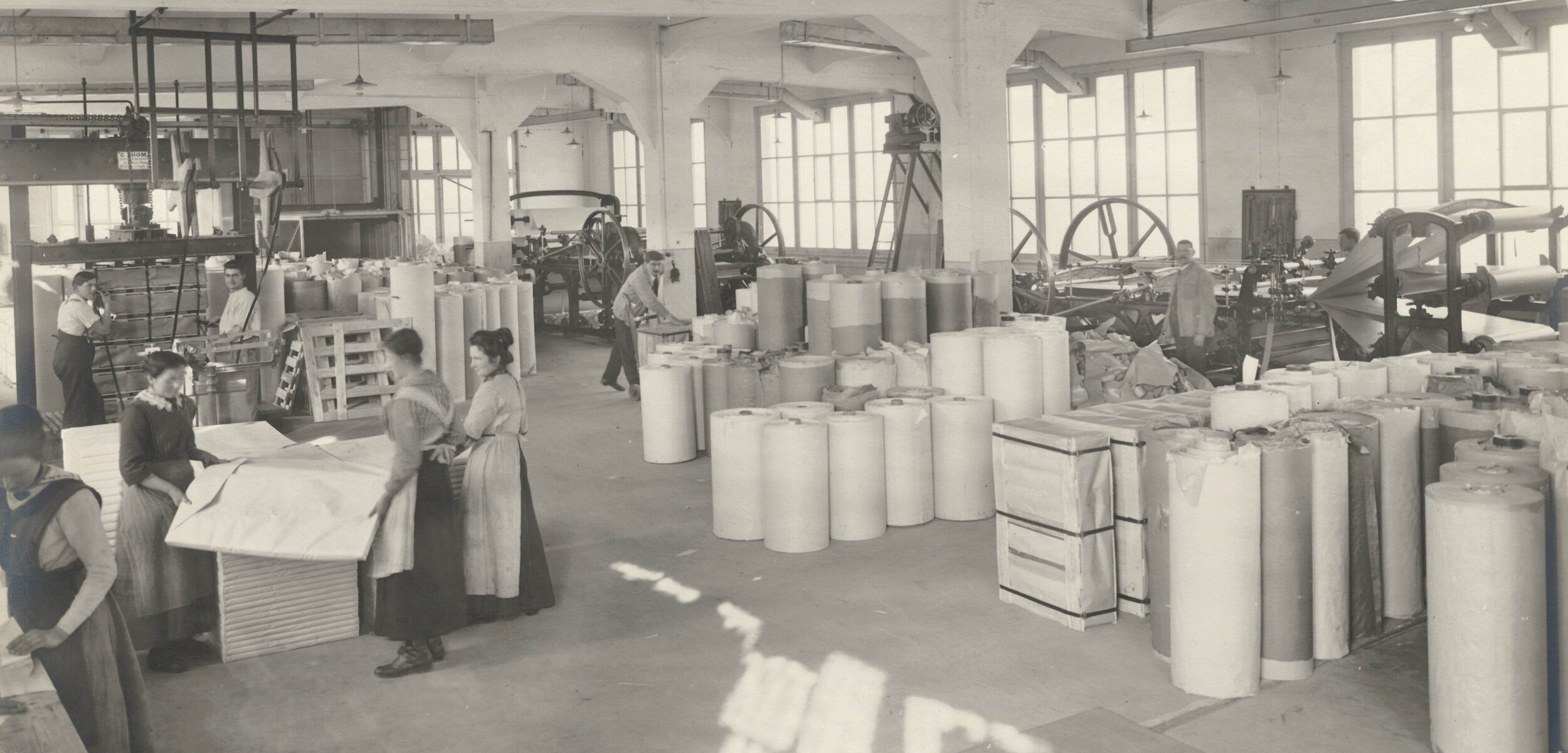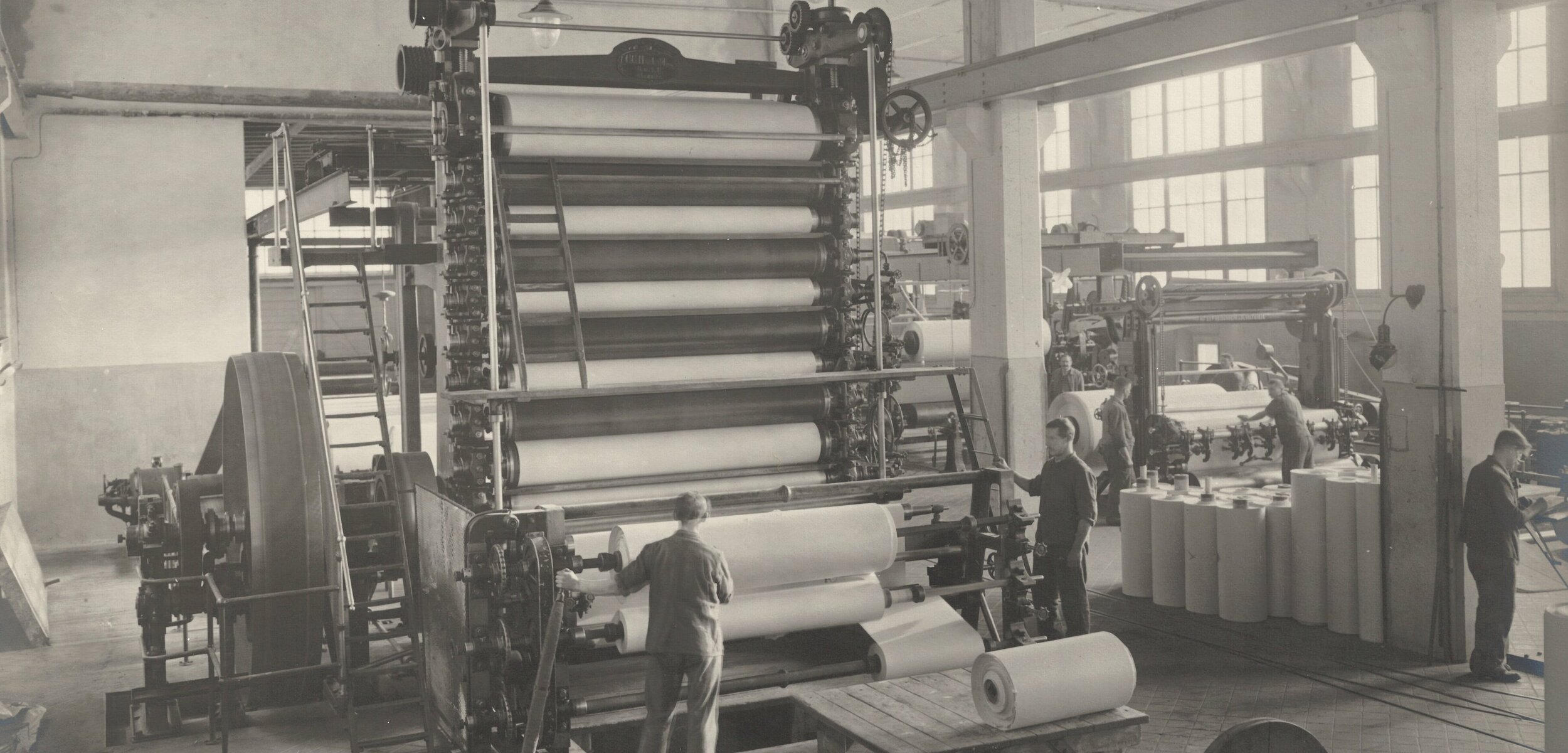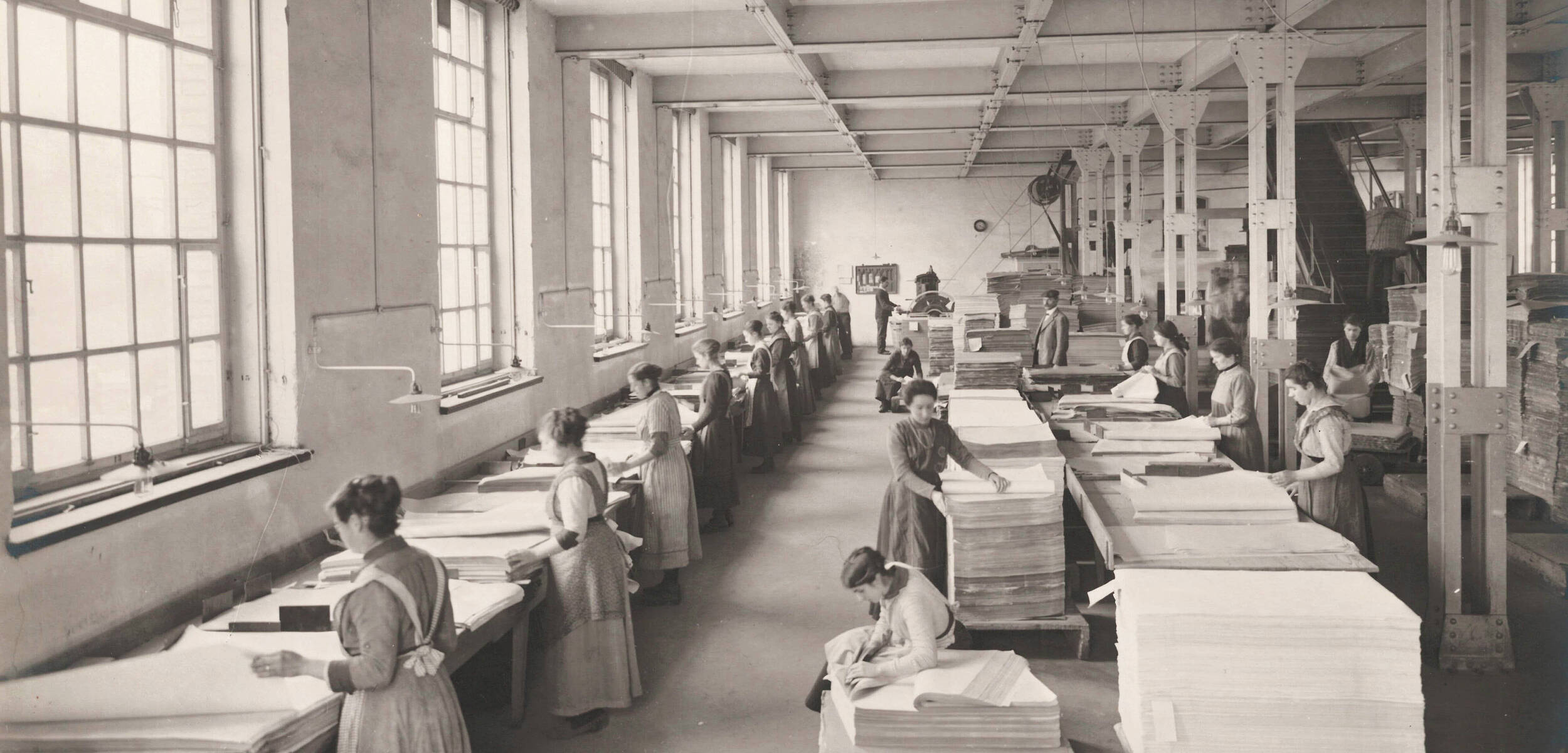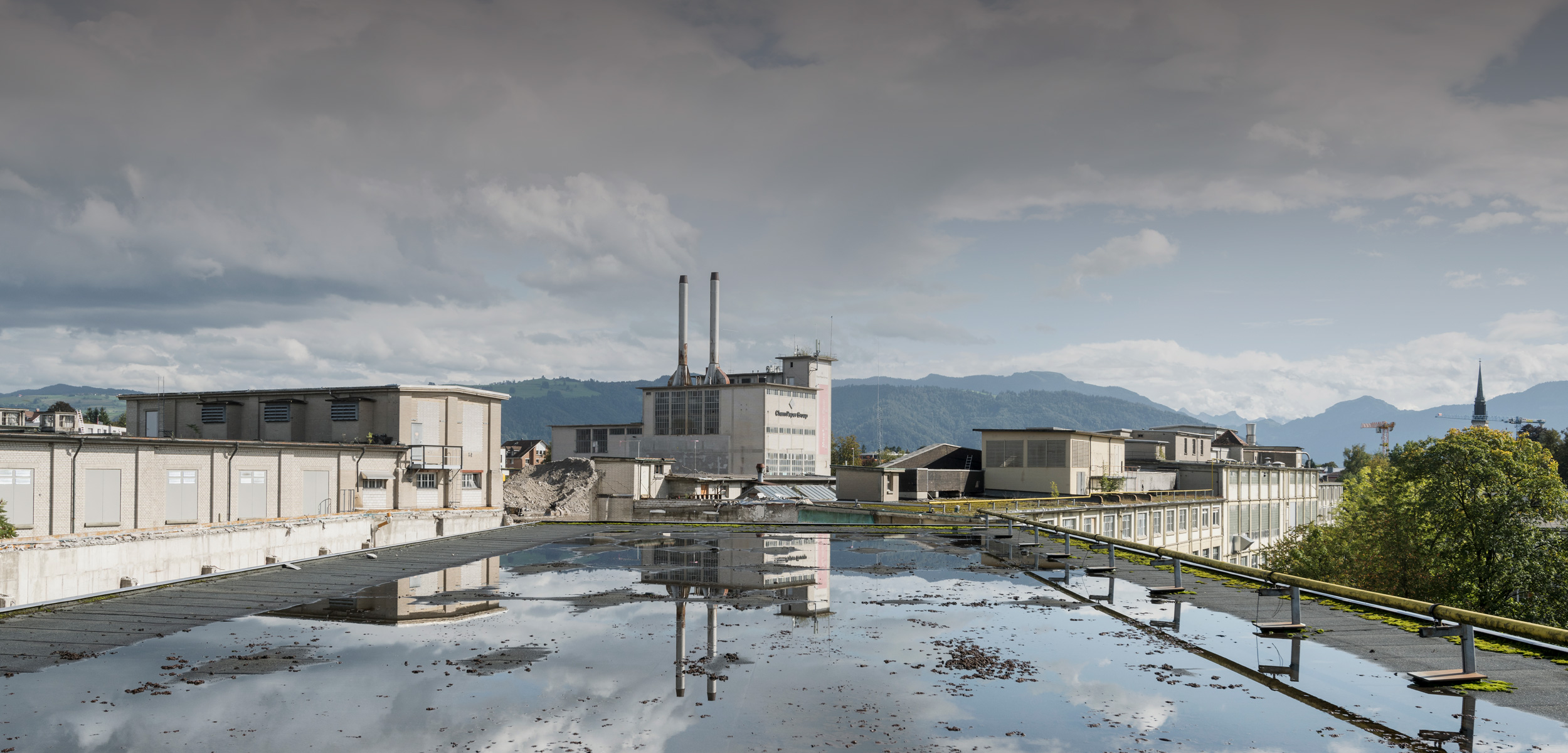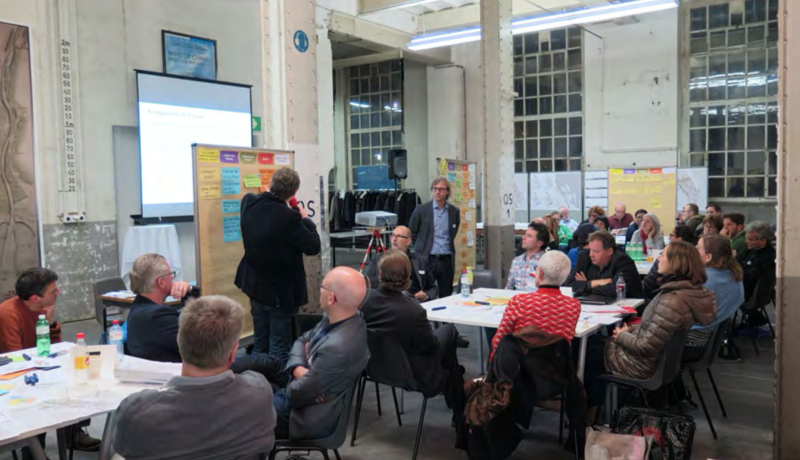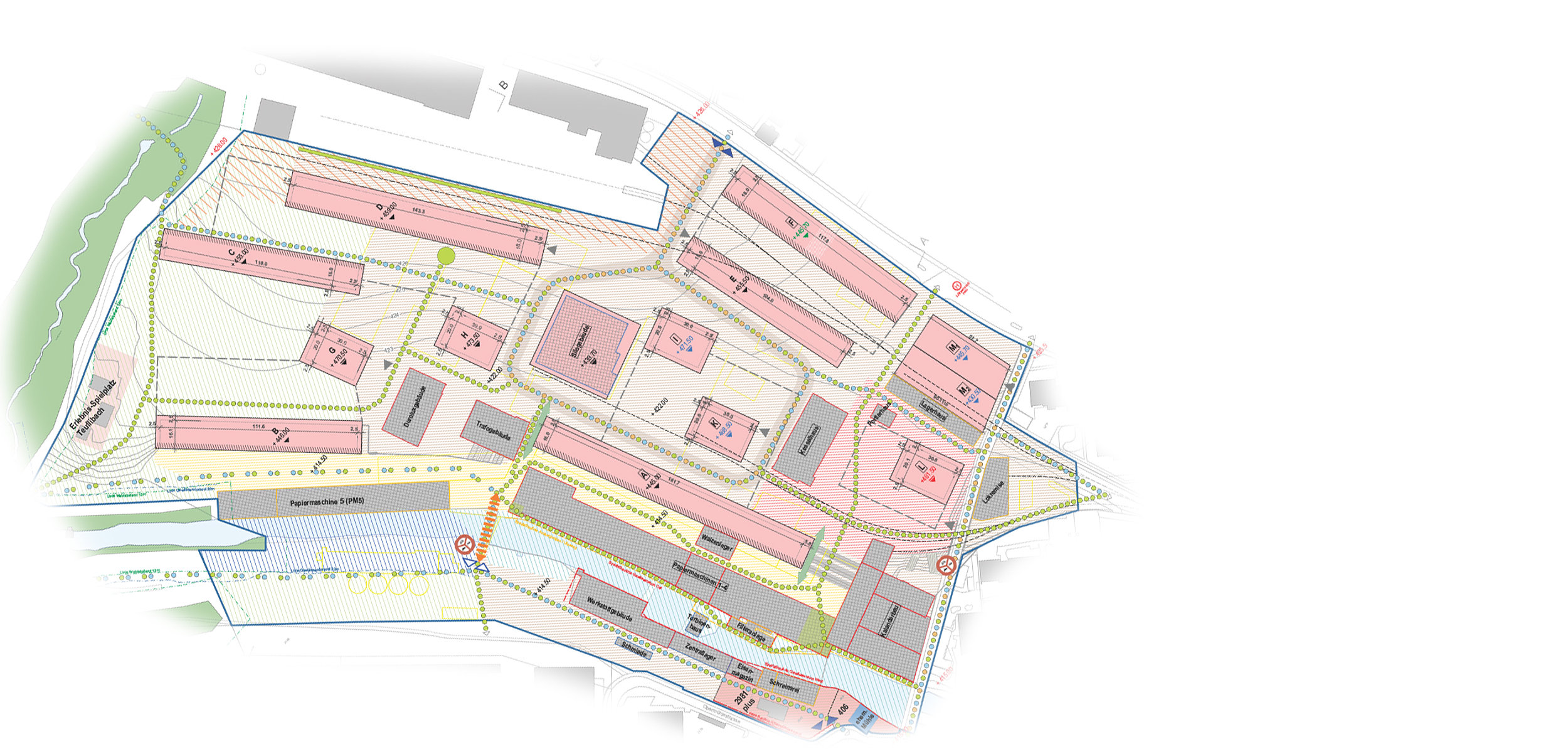Neighborhood
History
Neighborhood
History
The rate of change was swift. In 1912, the paper mill became an incorporated company, and in the Naville-Vogel era it developed into the largest company in the entire Ennetsee area, with a great many factory buildings, workshops and housing developments. Over 300 people were employed in the Cham paper mill at that time. Crisis struck in the economic downturn of the 1970s, and the paper business collapsed. As a result, Cham Industrieholding was founded, to later be renamed the Cham-Tenero Paper Mill following a takeover by Cartiera di Locarno.
Three of the paper machines were shut down in 1983. In response to this, the mill in Cham began focusing on special types of paper and exporting them worldwide. The paper mill managed to survive the crisis in the paper industry thanks to this new international outlook and the relocation of some of the production divisions abroad.


